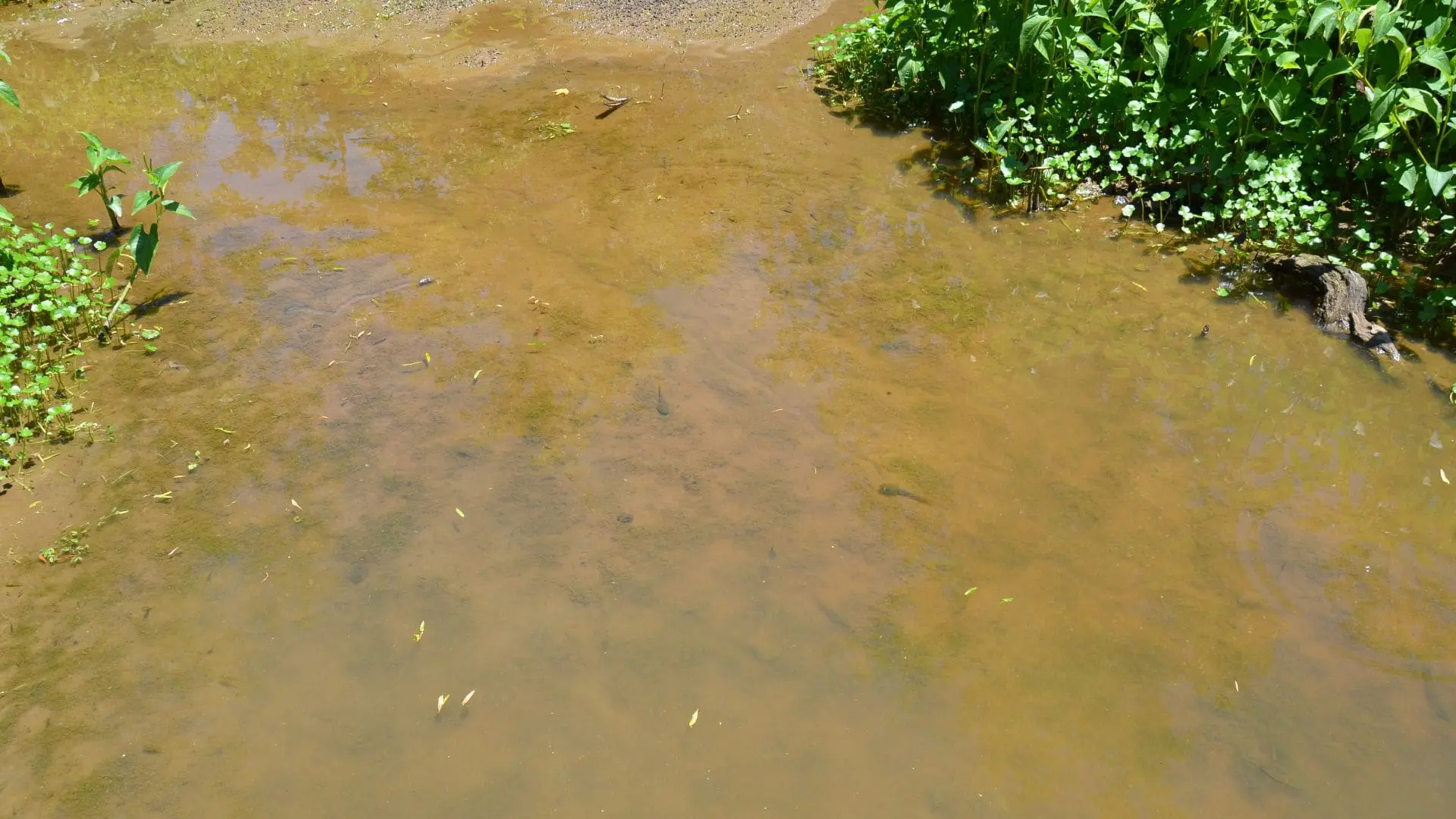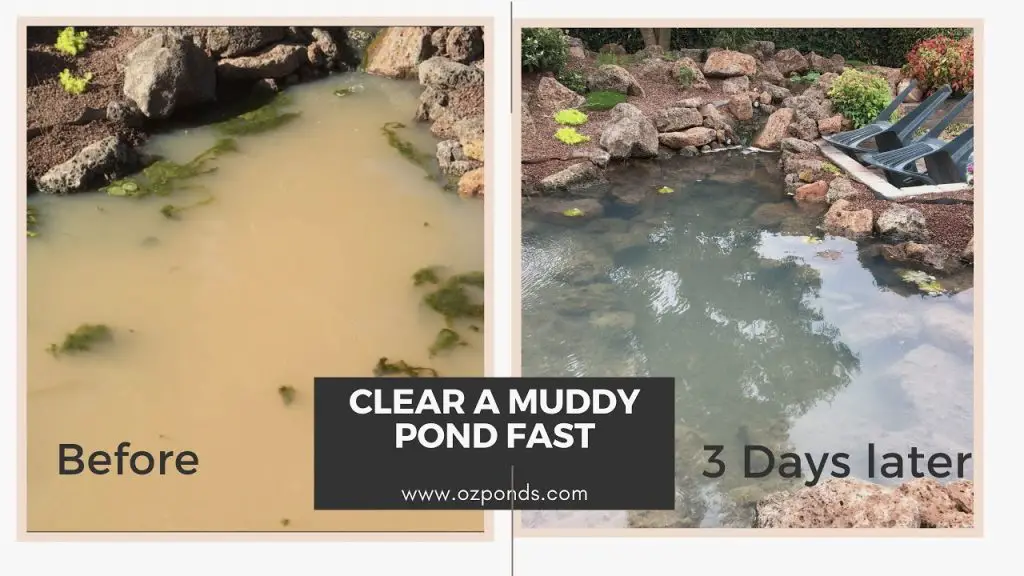Having a pond on your property can be a beautiful addition to your landscape. However, when your pond becomes muddy and murky, it can detract from the overall aesthetic and health of your pond ecosystem. Muddy ponds can be caused by various factors such as runoff, sedimentation, and algae growth. Clearing a muddy pond requires a strategic approach to restore its clarity and health. In this article, we will explore effective methods to clear a muddy pond and bring back its natural beauty.
1. Identify the Cause of Muddiness
Before you can effectively clear a muddy pond, you need to identify the underlying cause of the muddiness. Common causes include excess nutrients, sedimentation, algae blooms, and inadequate filtration. By understanding the root cause, you can implement targeted solutions to address the issue and prevent it from recurring.
2. Implement Aeration
One of the most effective ways to clear a muddy pond is by improving aeration. Oxygen is essential for promoting healthy pond ecosystems and reducing muddiness. Installing a fountain, waterfall, or aerator can help increase oxygen levels in the water, which can improve water clarity and reduce the growth of algae and bacteria.
3. Use Beneficial Bacteria
Beneficial bacteria can play a crucial role in clearing a muddy pond. These bacteria help break down organic matter, excess nutrients, and sludge that contribute to muddiness. Adding beneficial bacteria products to your pond can help restore balance to the ecosystem and improve water clarity over time.
4. Install a Filtration System
A filtration system can help remove debris, sediment, and impurities from your pond water, leading to clearer and cleaner water. There are various types of filtration systems available, including mechanical filters, biological filters, and UV clarifiers. Choose a filtration system that is appropriate for the size and needs of your pond.
5. Control Algae Growth
Algae blooms can contribute to muddiness in ponds by clouding the water and depleting oxygen levels. To control algae growth, you can use algae control products, incorporate aquatic plants to compete with algae for nutrients, and reduce nutrient inputs into the pond. Maintaining a proper balance of nutrients and light can help prevent algae blooms and improve water clarity.
6. Remove Excess Debris
Excess debris such as leaves, twigs, and organic matter can accumulate in ponds and contribute to muddiness. Regularly remove debris from the surface of the pond and use a pond net or skimmer to keep the water clear. By preventing debris buildup, you can maintain water clarity and promote a healthy pond environment.

Credit: ozponds.com
7. Consider Dredging
If sedimentation is a major contributor to muddiness in your pond, dredging may be necessary to remove accumulated sediment. Dredging involves removing sediment from the bottom of the pond to restore its depth and clarity. Consult with a professional pond dredging service to determine if dredging is a viable solution for your muddy pond.
8. Monitor Water Quality
Regularly monitoring the water quality of your pond is essential for maintaining its clarity and health. Test the water for pH, dissolved oxygen, ammonia, and other parameters to ensure that the pond environment is balanced and conducive to aquatic life. Make adjustments as needed to address any water quality issues that may be contributing to muddiness.

Credit: pondmedics.com
9. Seek Professional Help
If you are struggling to clear a muddy pond despite your best efforts, consider seeking professional help. Pond maintenance companies and aquatic specialists have the expertise and resources to assess the condition of your pond, identify the underlying issues, and recommend effective solutions to restore water clarity and health. Don’t hesitate to reach out for professional assistance if needed.
Conclusion
Clearing a muddy pond requires a combination of proactive measures, strategic interventions, and ongoing maintenance. By identifying the cause of muddiness, implementing aeration, using beneficial bacteria, installing a filtration system, controlling algae growth, removing debris, considering dredging, monitoring water quality, and seeking professional help when necessary, you can effectively restore the clarity and health of your pond. With patience and dedication, you can enjoy a clean, clear, and vibrant pond that enhances the beauty of your property.


